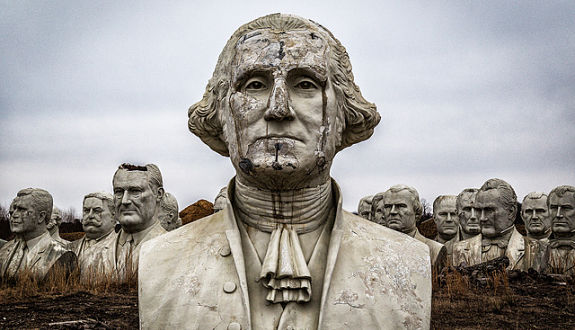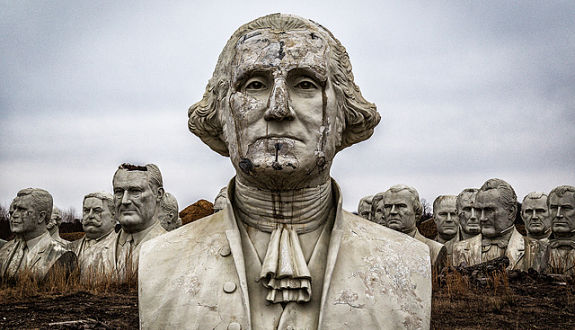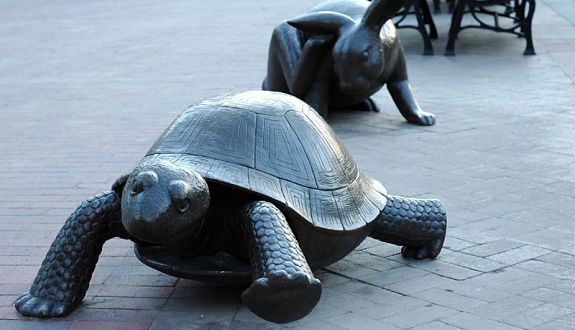
However you feel about the freshly branded Democratic nominee, last night was historic. The Democratic Party — the oldest party in the republic, Grand Old Party notwithstanding — has, like clockwork, nominated a man every four years since 1828. That’s an unbroken string of 34 wins and no losses to the reigning champion of Democratic presidential politics: men. Yes, 188 straight years of men. Well, we got a respite from that long run in Philadelphia just last evening.
And although we’re not at First Woman President status yet, every election since 1860 has been taken by a Republican or Democrat. The possibility of Madame President got appreciably closer last night.
Hillary Clinton is not the first or second or even tenth woman to run for president. Let’s take a look at a few of those who laid the groundwork for this moment.
The first woman ever to throw her hat into the ring was Victoria Woodhull. In 1872, she ran as the nominee of the Equal Rights Party, which sought to advance the causes of Women’s Suffrage and Equal Rights for African Americans. Her running mate was none other than civil riots icon Frederick Douglass, a former slave who escaped and become a world renowned thinker, organizer, and writer. Unfortunately, we’ll never know how Madame Woodhull did because it appears that nobody bothered to count her votes. There was one important vote that we know she was not able to secure. Her own. It was not until 1920 that women began voting in presidential elections.
In 1940, as war consumed Europe, Gracie Allen, wife and comedic partner of comedy legend George Burns ran for president as the nominee of — wait for it… The Surprise Party. Needless to say, it was no surprise that she lost to Franklin Roosevelt who sought his unprecedented third term. All joking aside, some comic relief was probably desperately needed as the country struggled with the Great Depression and an unstable world.
The first woman candidate to pass the arbitrary-yet-round 100,000 vote threshold was Margaret Chase Smith, a Republican Senator from Maine. Although she lost her party’s nomination overwhelmingly to Arizona Senator Barry Goldwater in 1964, she received well over 200,000 votes and was the first woman in history to have her name placed in nomination at the convention of a major political party.
In 1972, New York Congresswoman Shirley Chisholm ran for the nomination of the Democratic Party, the one now led by Hillary Clinton. Just four years earlier, she became the first black woman elected to Congress. She managed to secure well over 400,000 votes in her bid. The nomination went to South Dakota Senator George McGovern. He went on to lose 49 states to Richard Nixon, including his own.
However, no woman in history has come close to winning the nearly 17 million votes that Hillary Clinton has already won in 2016, let alone the nearly 18 million votes she won eight years ago. With either of those runs, she’s got more than thirty times the votes of her nearest woman competitor.
If recent history is any guide, Mrs. Clinton can easily expect to win 60 million votes in November’s general election. That’s still 9 million shy of the votes that Barack Obama won in 2008. We’ll see what happens on election day, but a milestone has already been reached, so let’s take a moment to celebrate it.




